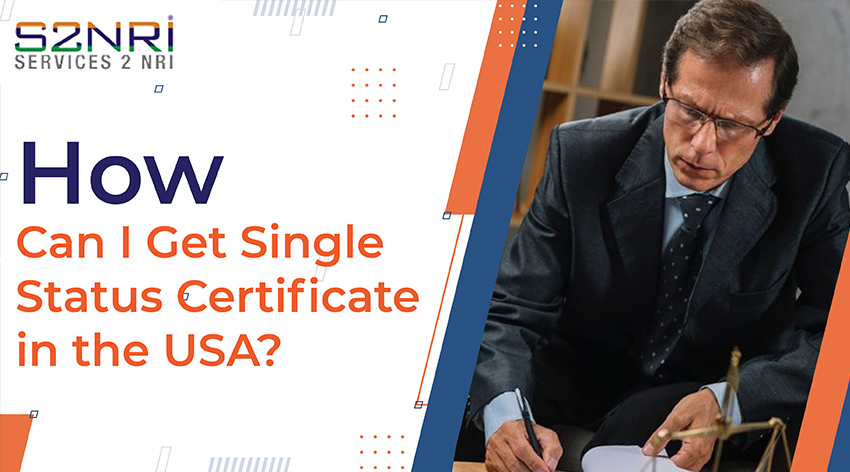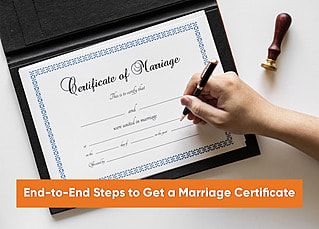A single status certificate is legal proof of your unmarried status. It means that this certificate is a documented proof that proves your single status before the US authorities or anywhere in the world.
A married being can also apply for this certificate, provided that he or she is previously married but has divorced now. This can be proved easily with a document called a decree absolute. The court issues and attests it, which makes it acceptable across the world.
So, if you’re a US citizen and planning to marry in any other country, you must get it to prove that you are free to marry.
Read More











